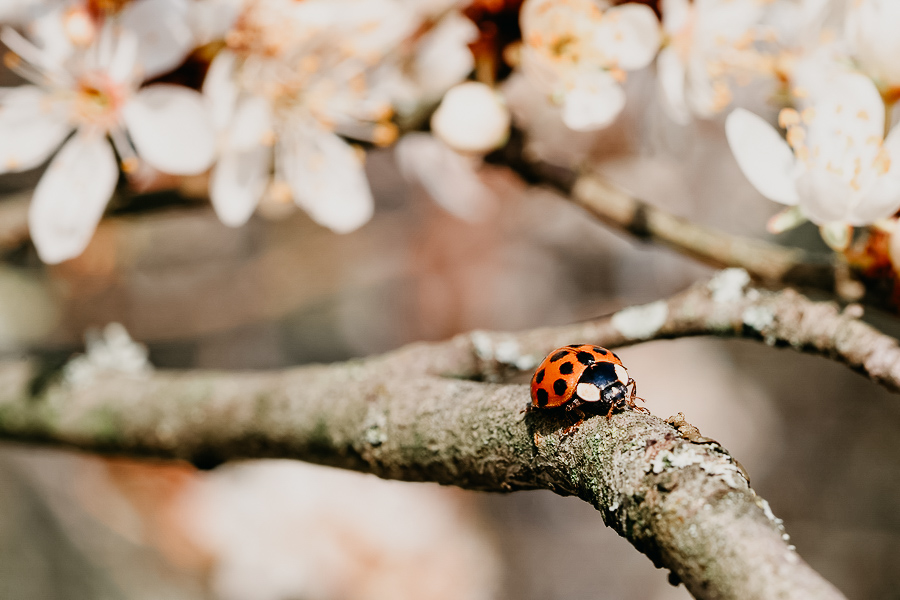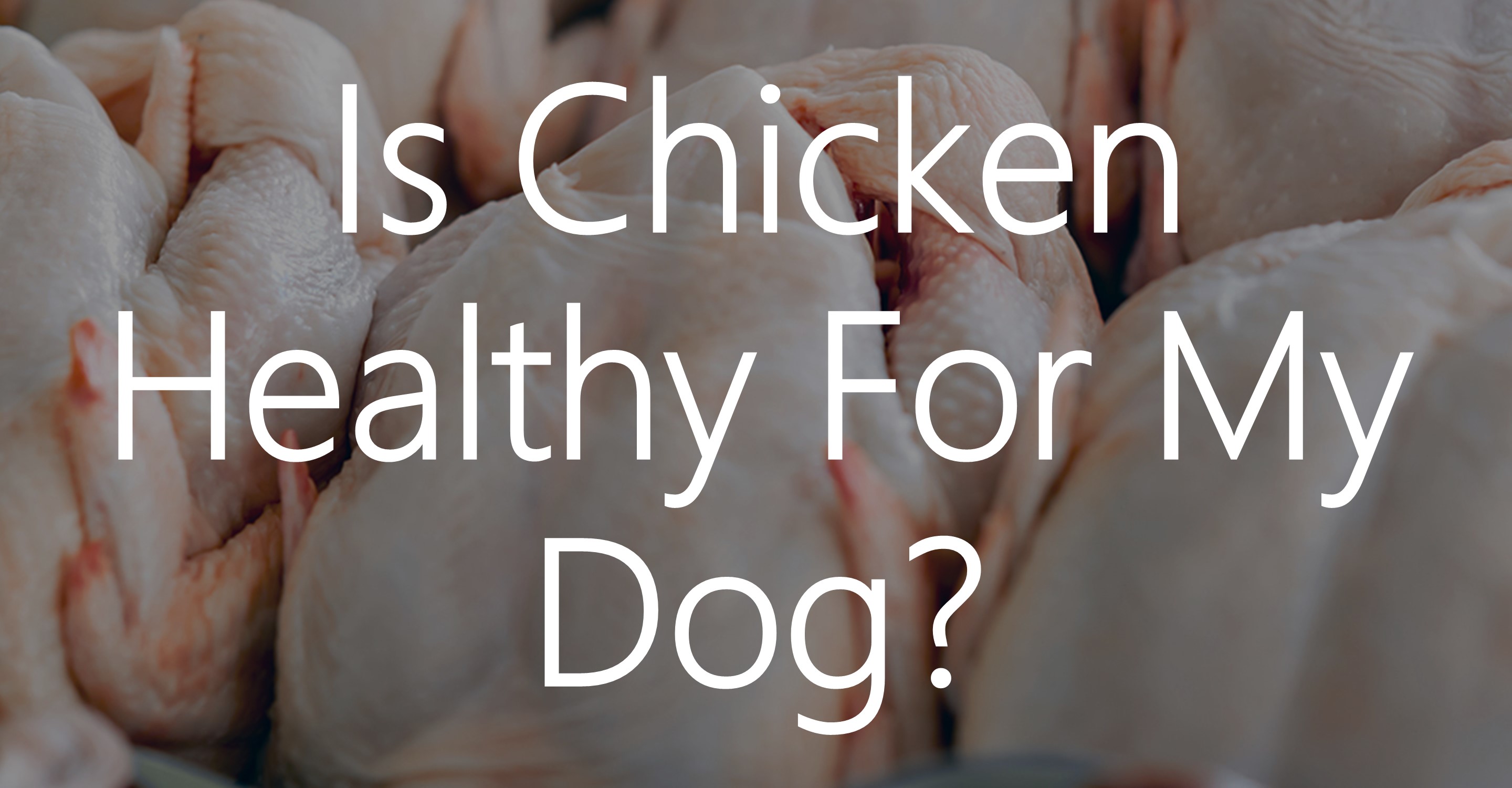Ladybugs For Flea And Tick Control
Do ladybugs eat fleas and ticks? It’s true! Ladybugs eat fleas and ticks! Ladybugs are very effective at pest control, eating about 60 insects a day. Favorite foods of ladybugs include aphids, spider mites and mealybugs. They prefer to feed on soft body’s insects including…



